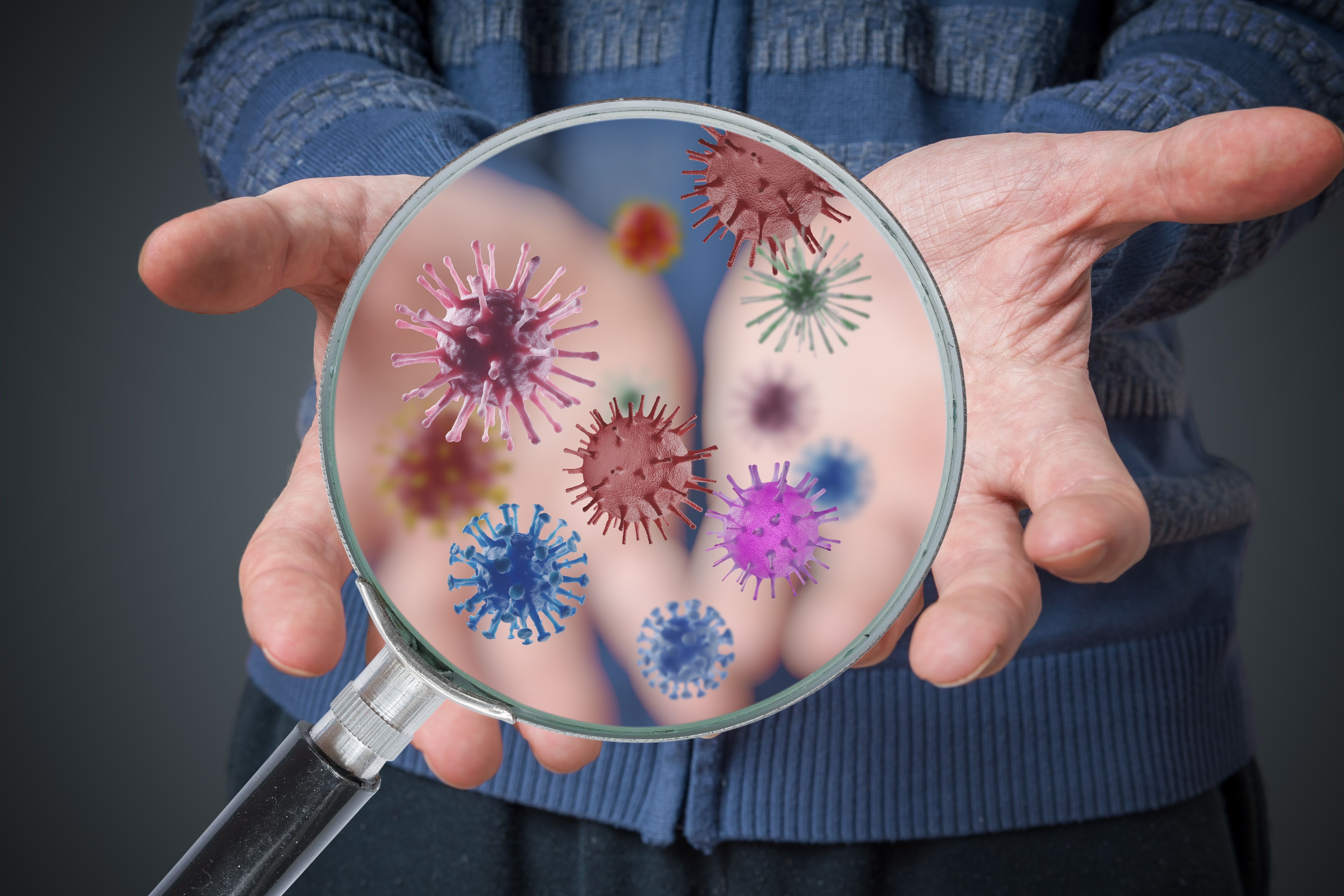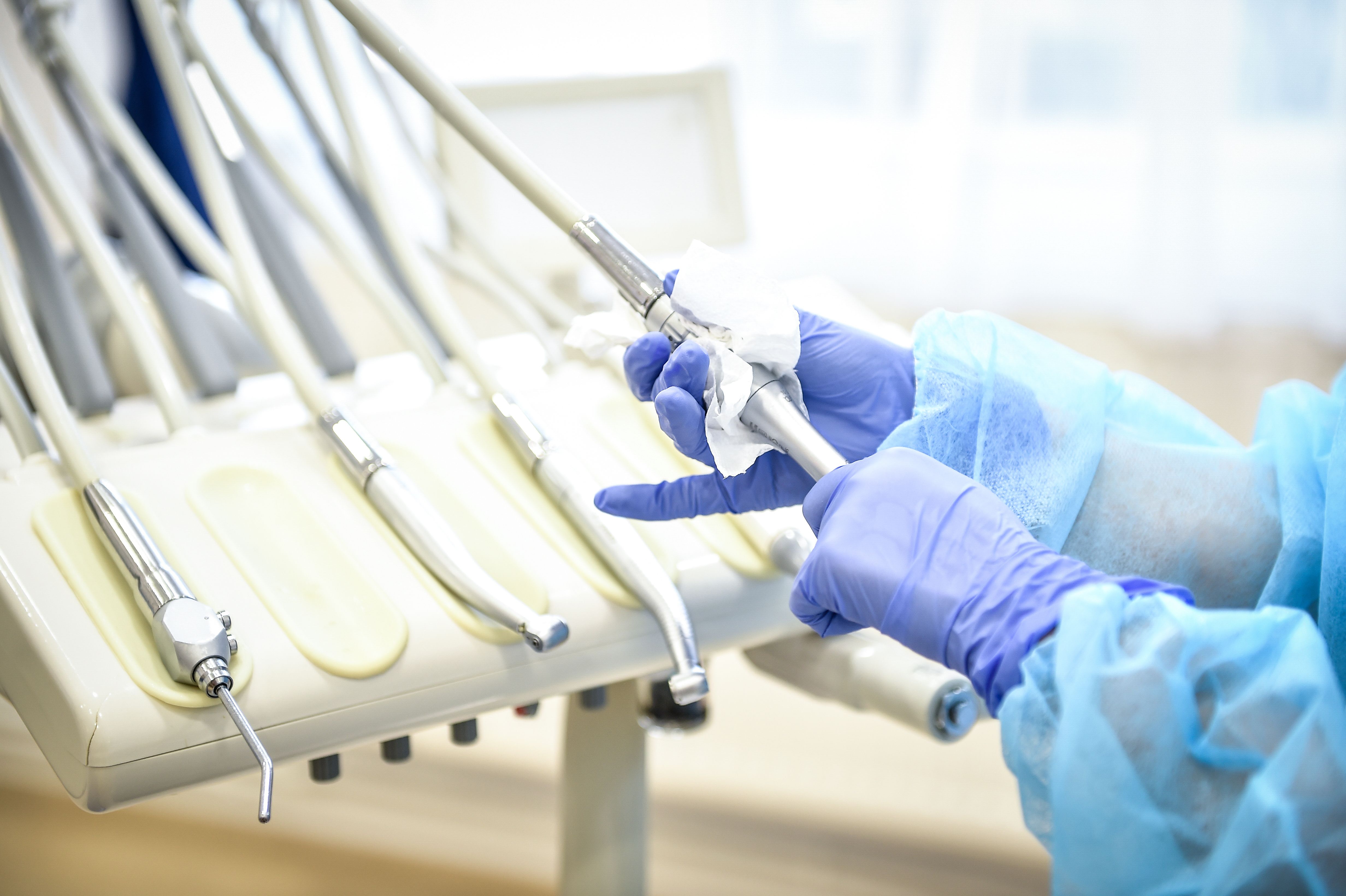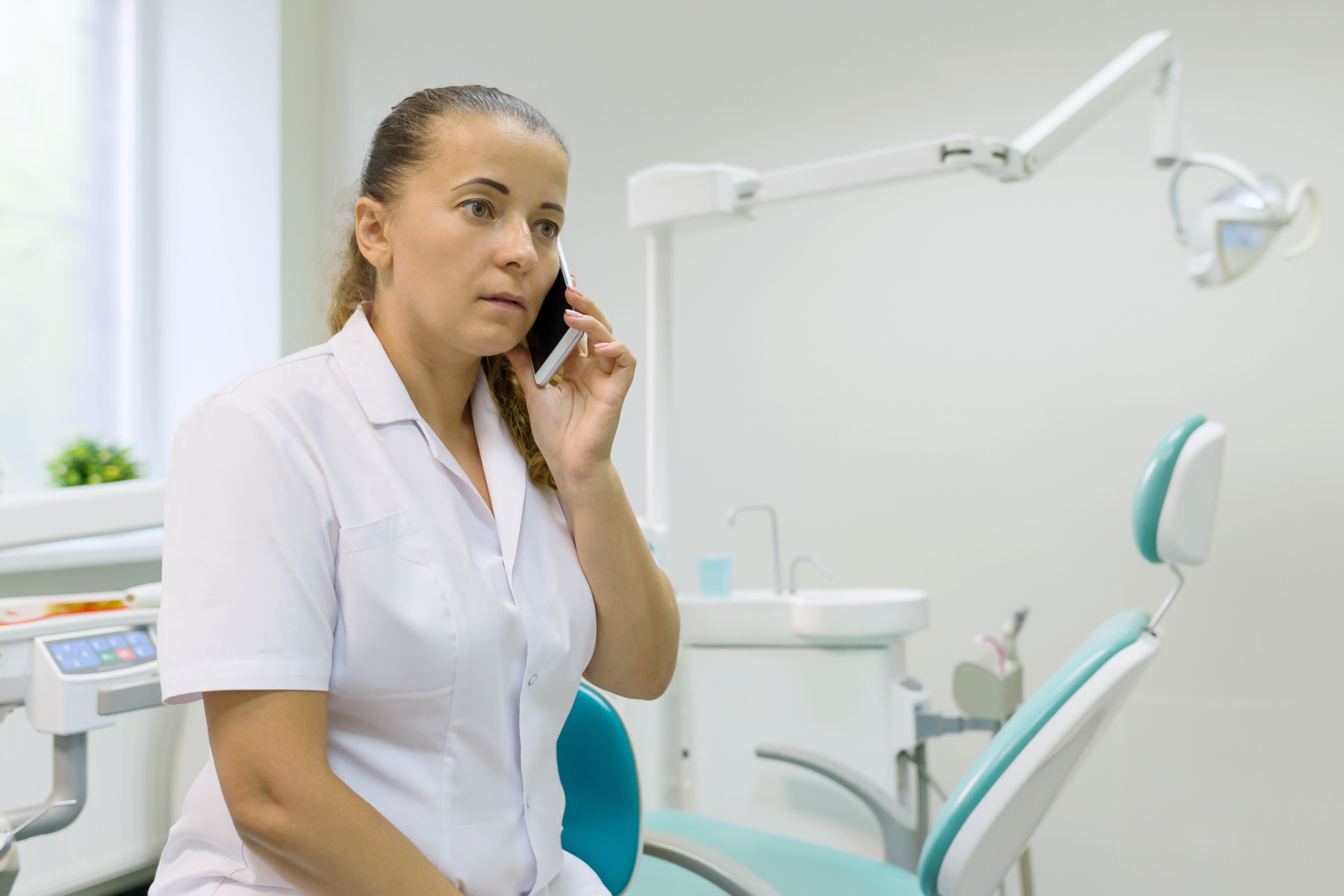- About Us
- Advertise
- Editorial
- Contact Us
- Terms and Conditions
- Privacy Policy
- Do Not Sell My Personal Information
© 2025 MJH Life Sciences™ and Dental Products Report. All rights reserved.
6 Common Infection Control Breaches in Dental Practices
Some offices are better at infection control than others, but breaches can be avoided if you take the right steps.
As the past year with the COVID-19 has shown us, hygiene and infection control are both very important in keeping a dental practice running safely and smoothly. Despite this, there are a variety of breaches that can cause poor infection control and an unsafe working environment for both patient and practitioner. Here are 6 infection control breaches, and the best ways to avoid them.

Improper handwashing
While it seems obvious, this is actually the first precaution listed by the Centers for Disease Control (CDC) in its dental infection prevention & control summary. Hand hygiene is the first step in preventing the spread of infections. Good hand hygiene includes washing with water and plain soap or antimicrobial soap for at least 20 seconds. The CDC says to wash after hands are visibly soiled, after barehanded touching of any instrument or material likely to be contaminated, before and after treating each patient, and before and after putting on and removing gloves, respectively. It may be easy to forget, but a year after COVID-19 is a stark reminder of the importance of proper handwashing.
Image courtesy of vchalup / stock.adobe.com

Not having the right personal protective equipment
After shortages at the beginning of the pandemic, personal protective equipment (PPE) became an important topic of conversation over the past year in regards to infection control. While dental professionals have been wearing PPE for a while now, there are certain articles that have enhanced importance nowadays. Gloves, face masks, protective eye wear, face shields, and protective clothing should be used in any interaction that may result in contaminates getting on the skin or clothes. Clinicians should put on and remove the appropriate PPE for each individual patient to reduce the risk of contamination. While it may be easy to just keep the PPE on wherever you are in the office, it is important to leave the PPE off when you exit the work area. Bringing contaminates into the front office or waiting room is an infection control breach that can be easily avoided by following procedure.
Photo courtesy of Alessandro Biascioli / stock.adobe.com

Bad coughing and sneezing etiquette
It can be easy to let out a sneeze or cough and not think twice about it, but respiratory secretions can linger in the air and spread to patients and other clinicians at the practice. Respiratory infections are spread easily through coughing and sneezing, so the first step is to stay home if you know that you may be contagious. In a profession where patients are vulnerable to particulates in the air, it is important to practice the best possible coughing and sneezing etiquette. Cover your mouth and nose when you sneeze and change out any PPE that may have been contaminated with splatter or particulates. A vital, often missed step, is to wash your hands after every potential respiratory secretion. While this may seem like a hassle, contaminates can linger on the hands for long enough to spread to others, causing very poor infection control.
Photo courtesy of christian vinces / stock.adobe.com

Poor sharps safety
Dental practices should have specific procedures in place for sharps safety. Sharps injuries pose serious risk because of the potential transmission of bloodborne pathogens. A variety of dental instruments come into contact with a patient’s blood, instruments such as needles, scalers, burs, lab knives, and wires are just a few. These easily become contaminated with blood and saliva. The CDC has recommendations for these materials. Establish proper practices with sharp items to prevent injuries, do not recap needles by using both hands or any technique that points the sharp toward the body, use a tool or scooping technique to recap needles, and place disposable sharps in the correct puncture-resistant container closest to the area they were used in.
Photo courtesy of Sherry Young / stock.adobe.com

Every dental practice needs to have procedures and protocol in place to properly sterilize and disinfect instruments. Not only do these procedures need to be in place, but there also needs to be proper training for these procedures. Heat is a good way to sterilize certain equipment but be sure to read the manual on the best ways to disinfect as some equipment cannot withstand the high temperatures needed to correctly eliminate contaminates and pathogens. Disposable barriers can also provide infection control on non-critical items, leading to a quicker and more efficient cleaning process after each patient. Be sure to do the proper maintenance and upkeep on sterilization machines to ensure they are working as intended. If the temperature is not correct or something is wrong with the system, the instruments will not be cleaned, and you risk infection in your practice. Manufacturer instructions will be your best guide to keeping sterilization equipment up to the job.
Photo courtesy of roibu / stock.adobe.com

Underreporting
Underreporting of exposure events may seem like the least hassle, but it will create the most problems in the long run. Without proper reporting, the practice can carry on and continue to make these mistakes which lead to infection and potentially disease. There are a variety of ways to keep up on infection control. Reporting incidents will help your practice maintain the right standards set by the CDC in the future. The CDC provides a checklist for dental infection control, something that you can review with fellow practice employees. Everyone knowing protocol and procedures makes it easier to catch mistakes and ensure that both patient and practitioner are safe from unnecessary risk of infection.



